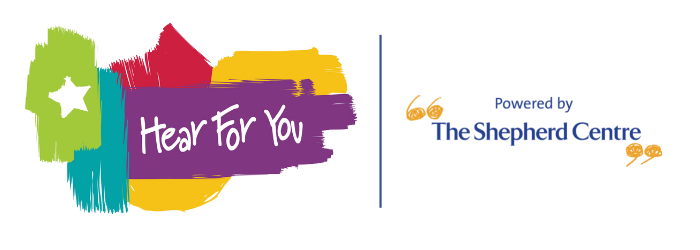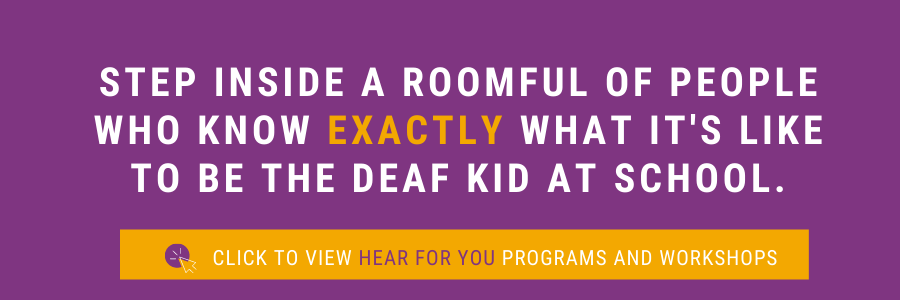The way an individual perceives the world and others can have significant impacts on our own behaviours. For those within the deaf and hard of hearing community, this becomes even more challenging.
There are two models of disability, which highlight this community perception of those with a physical, sensory or learning disability; medical and social models of disability.
Context surrounding Medical model vs. Social model of deafness
In relation to the deaf and hard of hearing community and the way that deafness is perceived, the medical model is still considered to be the dominant structure for understanding disability. The medical model takes on the view that deafness is a form of disability that requires fixing, whether this be through medical treatment or surgery.
In contrast, the Social model facilitates the view of individualism highlighting that those who are deaf or hearing impaired should establish their own needs, in relation to their deafness, and be treated and valued as individuals. Both of these models have sparked numerous debates, though it is important for us to assist in advocating for a positive perspective of the deaf and hard of hearing community.
Understanding the medical model of deafness
There is numerous amounts of evidence, both nationally and internationally, that conveys that individuals who are hard of hearing experience significant challenges in regards to accessibility.
The medical model of deafness views deafness as being solely an issue to the individual, rather than something that affects others. This model fails to acknowledge both the internal and external challenges that are faced by those who are hearing impaired.
What is the social model of deafness?
This perception of deafness suggests that a disability exists when there is a sense of exclusion. Deafness, in this model, is embraced as a unique quality and there is consideration for the challenges faced by those within this community and the challenges they face, specifically in regards to exclusion.
What are the main differences between the two models?
Both models are extremely different and below are the key differences that should be considered:
- The medical model focuses solely on the concept of deafness, rather than the individual.
- The social model focuses on individualism.
- The medical model perceives disability as a problem that requires fixing, whilst the social model considers those who are deaf and hard of hearing as valuable within society.
- The medical model creates labels and stereotypes, which the social model believes should not exist to prevent a sense of exclusion among communities
How can we implement change?
There needs to be a shift away from the medical model of deafness, and the only way to do this is to make individuals aware of both models and their differences. There needs to be a spark in healthy discussion and debate for individuals to understand the impact that these models are having on the perception of deafness, as well as disability as a whole, within contemporary society.
By making individuals aware, it can hopefully impact the way they interact with those who are a part of the deaf and hard of hearing community.
Attitude Helps – Hear From Our Mentors
One of the driving factors behind our mentor recruitment is the ability to overcome deaf or hard of hearing challenges. We have amazing mentors keen to help younger children overcome the challenges they themselves faced at school. Our mentors provide a lived experience and share insights into their successes.
Take a look at John’s story. John is our NSW State Manager, profoundly deaf, uses voice to communicate and has one Cochlear implant in his left ear. John joined the team in 2013, bringing loads of life experience as a deaf teenager who has been to different primary and high schools both in Australia and overseas. Even more, John is Australia’s only deaf Junior Development and Club Professional qualified tennis coach from Tennis Australia, and has been playing for Australia at Deaflympics since 2003.
Sean is our QLD mentor, who has severe hearing loss in both ears and was the only deaf student at his school in Rockhampton. This made it hard for him to communicate. Sean’s favourite subject was PE and he loved playing Cricket because it allowed him to make friends and feel like he belonged. His passion for cricket also allowed him to play for city, state and country teams.
One of our other QLD mentors, Claire, has a profound sensorineural hearing loss in her left ear and a high-frequency loss in her right ear. Three years ago Claire received a cochlear implant for her left ear and now enjoys the benefit of sound through both ears. Claire is a full-time PhD student at the University of Queensland.
To learn more about our wonderful mentors visit this page.




